With some random materials found around the science closets at school, students set out to build a physical model to explain the patterns we saw from various simulators and videos--longer days in the summer with a sun higher in the sky, and shorter days in the winter with a sun lower in the sky.
We knew that the Earth turns on its axis and that it points to the North Star. Measuring the distance from sunrise to sunset on our physical models at various points in the year gave us the following data:
Reflecting upon our data got us thinking that we didn't see a point where there was a long period of daylight (like in June) and a short period of daylight (like in December). We also didn't see two times where the daylight amount was approximately the same (like at the equinoxes in March and September).
We agreed to revise our models to try and show the patterns we've seen in the sky.
We agreed to revise our models to try and show the patterns we've seen in the sky.
After repositioning the N. Star and leaning the Earth towards the N. Star so we could always see it in our nighttime sky in the northern hemisphere, we started to see data that matched what naturally happens during the solstices and equinoxes in the northern hemisphere.
With all this data, we're now trying to see how the tilt of the Earth and longer/shorter amounts of daylight affects other patterns on the Earth. What does the tilt mean for the type of light we experience during each time period of a year?
With all this data, we're now trying to see how the tilt of the Earth and longer/shorter amounts of daylight affects other patterns on the Earth. What does the tilt mean for the type of light we experience during each time period of a year?



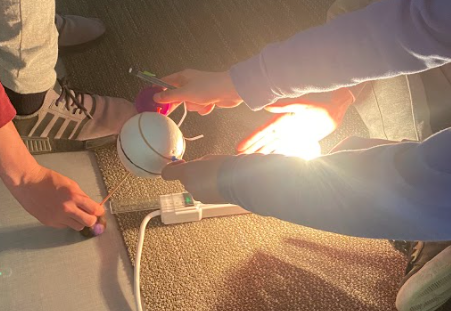


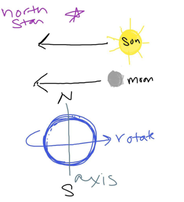



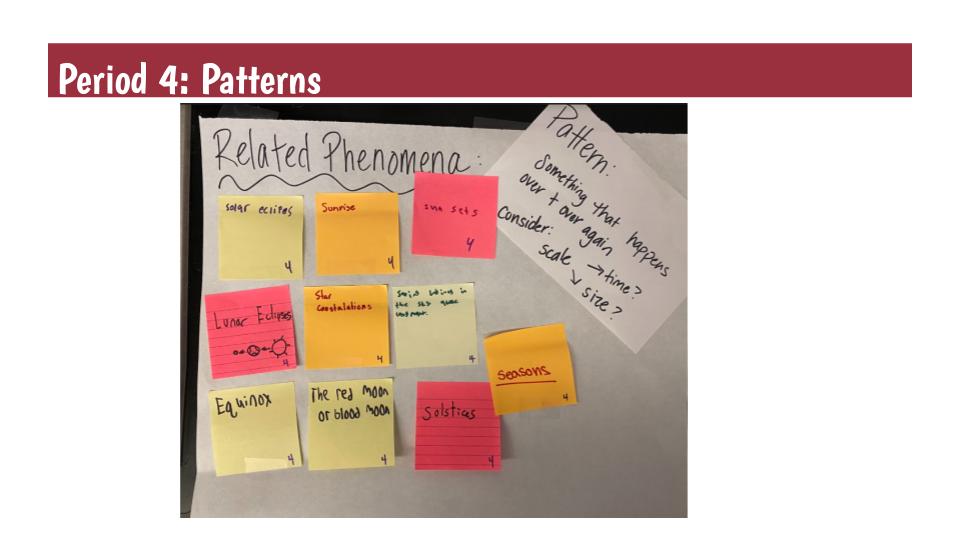

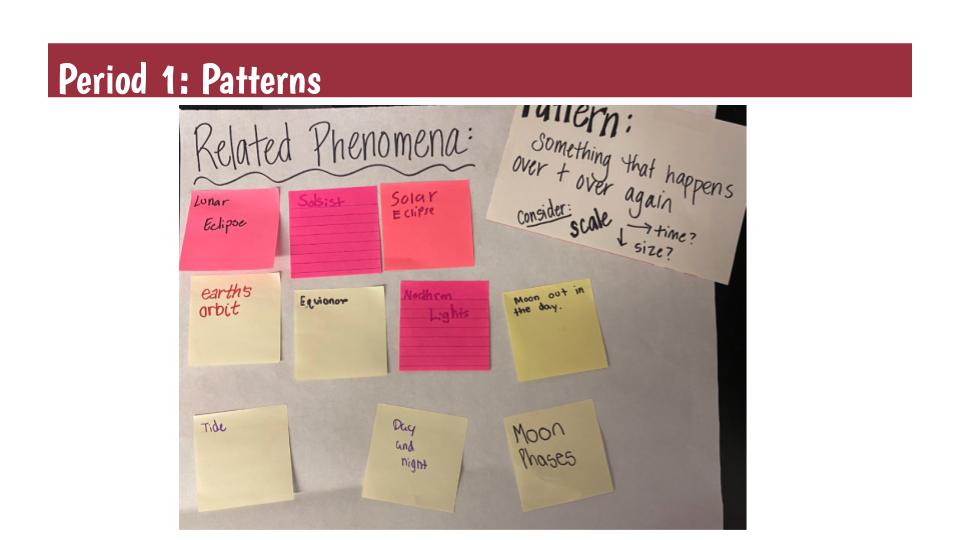








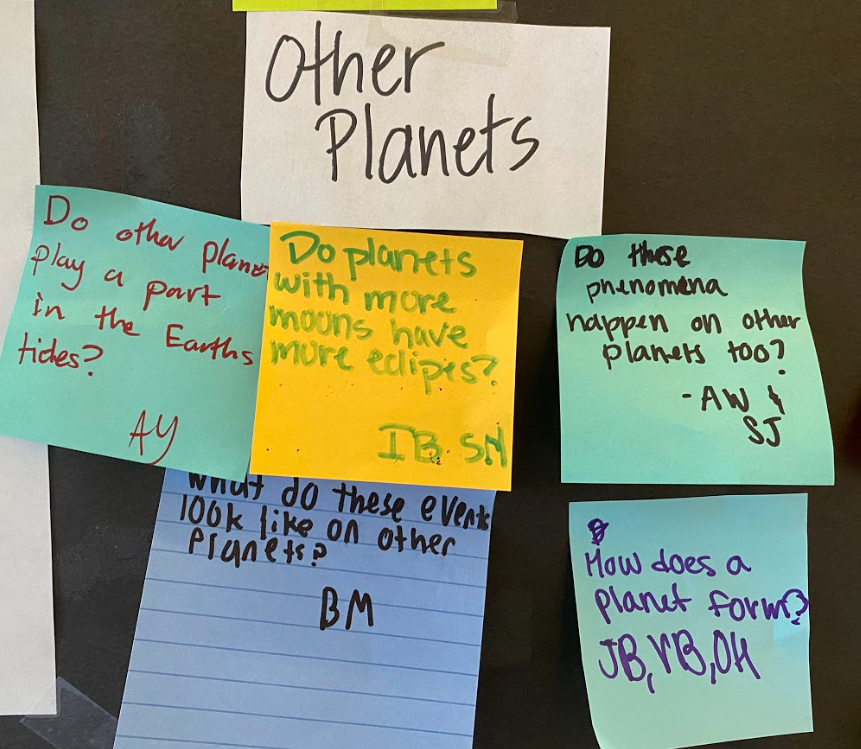
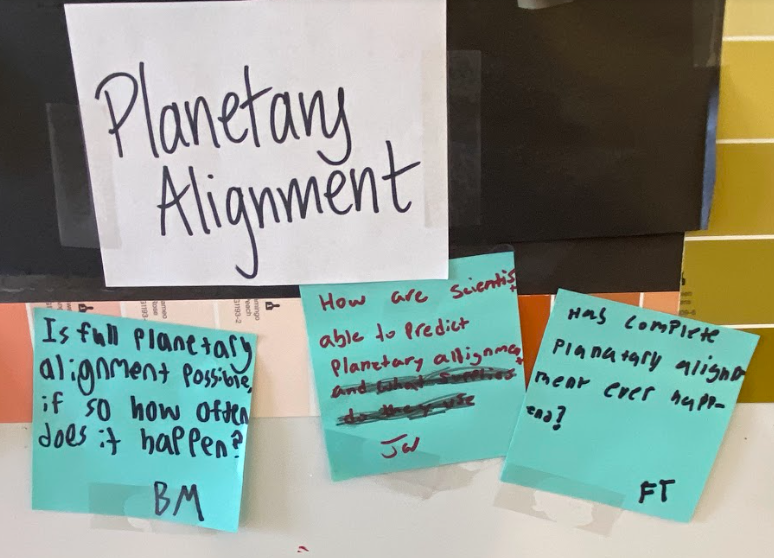

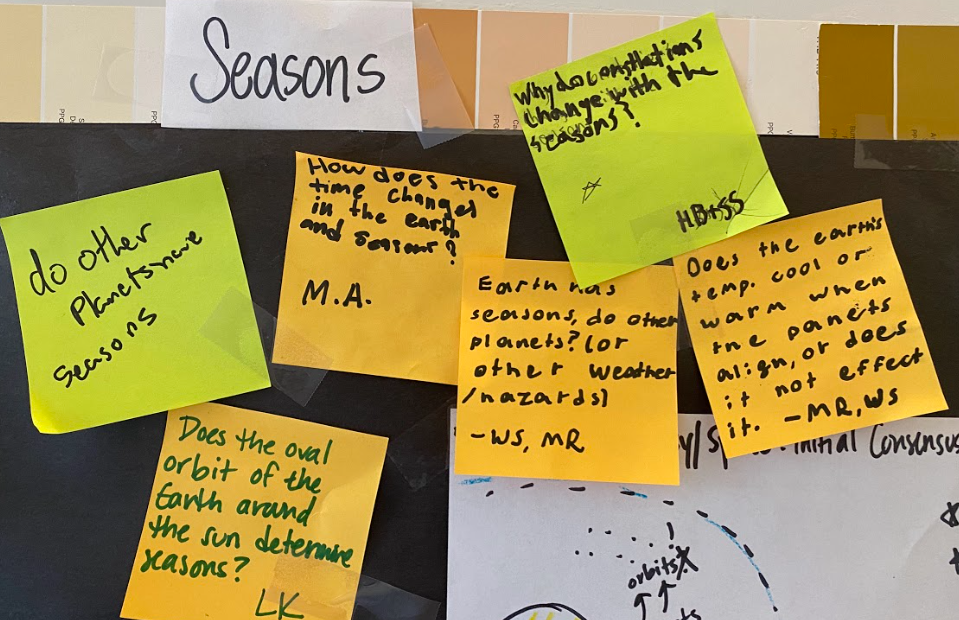




 RSS Feed
RSS Feed